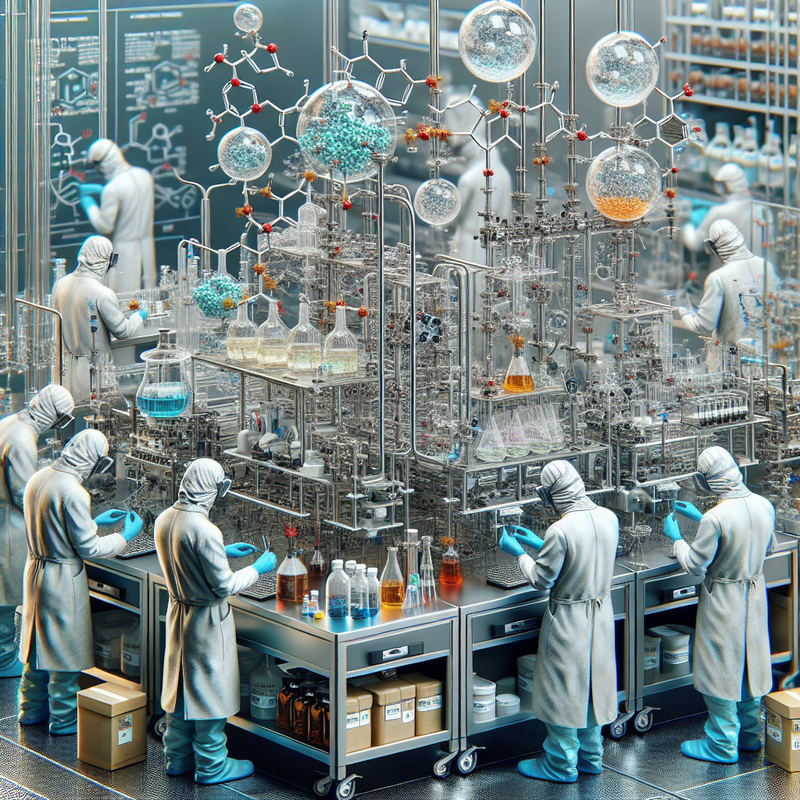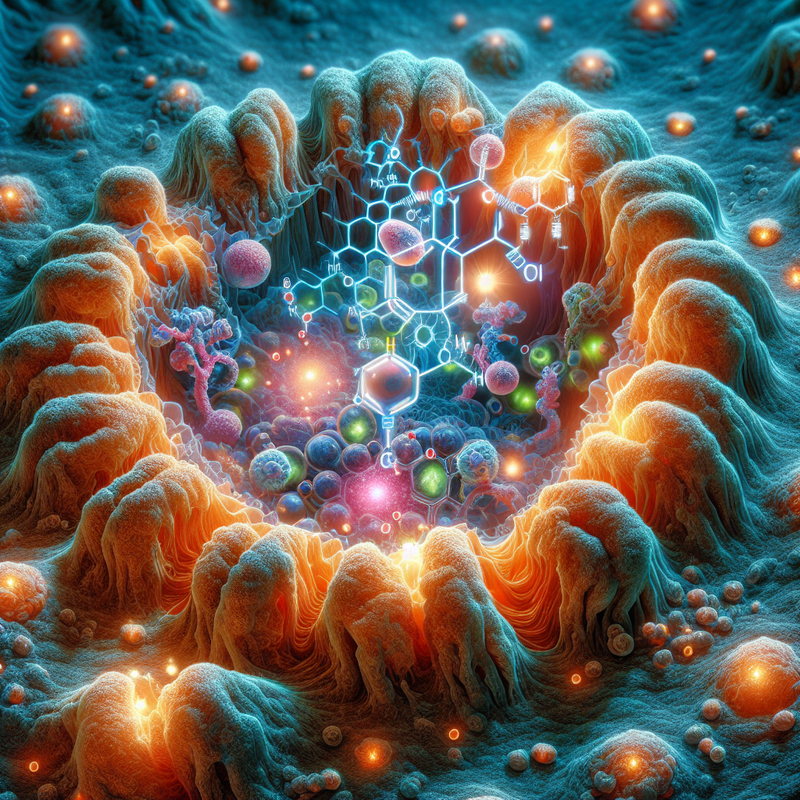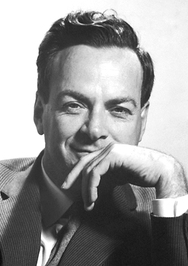Innovative Chemical Synthesis of Ibogaine Unlocks Potential for New Treatments
In a groundbreaking feat of chemical synthesis, scientists from the University of California, Davis have mastered the complete artificial creation of ibogaine, a hallucinogenic compound with noted potential in treating addiction and depression. Their comprehensive study, uncovering a pathway to fabricate not just ibogaine but also its variants and closely related chemicals, has been published in the authoritative journal Nature Chemistry.
The Challenges Linked to Natural Ibogaine
Ibogaine, with its notable potential as a means to combat addiction and depressive symptoms, is sourced from both the iboga bush and voacanga tree endemic to Africa. Nonetheless, the compound’s intricate molecular formation, the difficulty of mass-producing it synthetically, and the inherent cardiac risks have all served as barriers to its therapeutic application.
Breakthrough in Synthetic Ibogaine Production
The team at UC Davis, part of the Institute for Psychedelics and Neurotherapeutics, has now synthesized ibogaine starting from a readily available and cost-effective precursor, pyridine. This novel synthetic route is not only resource-efficient but also designed to be scaled-up. The team created four natural ibogaine-related alkaloids and a handful of novel analogs, with the process yielding 6% to 29% through a series of six or seven steps.
The Twin Benefits and the Future of Ibogaine
David E. Olson, the IPN’s director and the study’s lead correspondent, conveyed the twin benefits of this synthetic approach: reducing the need for large-scale plant harvesting and the capacity to generate new analogs, which could exhibit even more impressive properties.
This synthetic approach unveils a promising path for generating ibogaine, with the added benefit of giving researchers tools to probe its analogs. Olson emphasizes the transformative potential of synthesizing ibogaine, which could result in a new and improved “ibogaine 2.0” that is safer and more efficacious.
The Promising Analog Findings
Two particular analogs from the study proved to be of significant interest. The first revealed that only the natural isomer of ibogaine spurs neuronal growth, hinting at a targeted receptor interaction. The second, (-)-10-fluoroibogamine, displayed a pronounced influence on neuronal architecture and function, in addition to its robust activity on serotonin transporters. As such, (-)-10-fluoroibogamine has been pinpointed for future research as a potential neuropsychiatric therapy.
The Significance of this Achievement
Prototyping this process over ten years, the method stands out for its reliance on easily obtainable and budget-friendly start materials, representing a considerable advancement in the pursuit of new drugs.
The study, backed by funding from the National Institute of General Medical Sciences and the National Institute on Drug Abuse, among others, heralds a new era of medicinal discovery. Its implications could introduce novel, safer treatment options for those suffering from substance use disorders, depression, and various other afflictions, without the cardiac risks traditionally associated with ibogaine.







